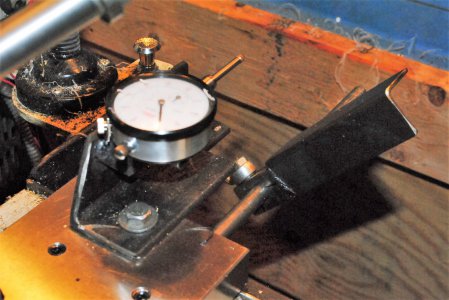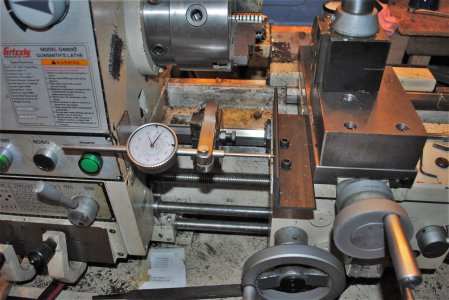I feel your pain!!! I have a friend just like that who happens to be a full time farmer. Been-there-done-that several times with him.
One day, he charges into my shop with an emergency and shows me this:
View attachment 363690
Didn't take a rocket scientist to realize it was pretty much broken. And there was nothing to compare it to.
From that, I needed to make this:
View attachment 363691
It's a John Deere cultipacker bearing bracket:
View attachment 363692
The miracle is that it worked.
Regards,
Terry






